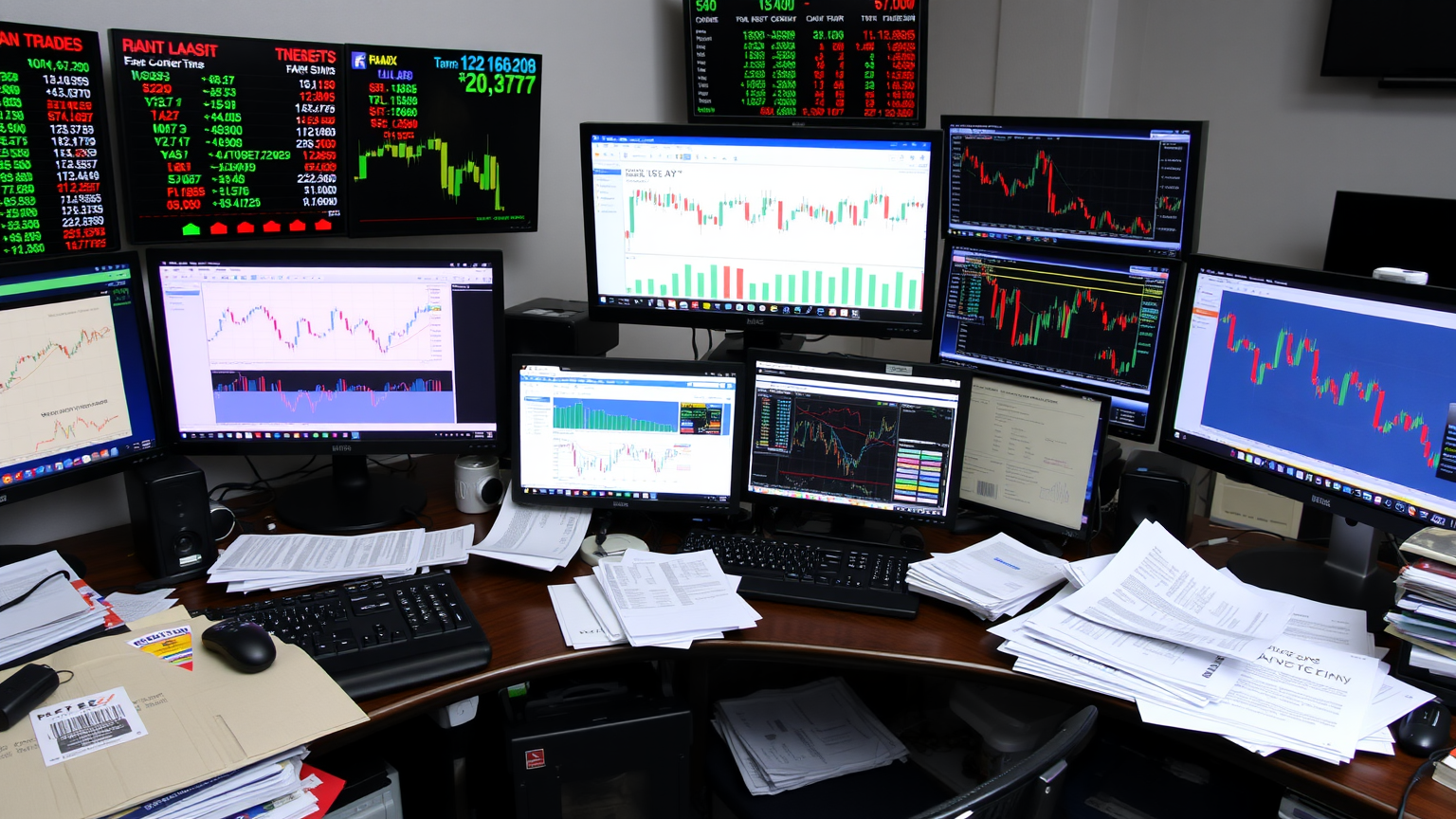Chinese electric vehicle manufacturer BYD is accelerating its international growth strategy with ambitious plans to export up to one million vehicles by 2025. This aggressive target comes as the automaker seeks to counterbalance slowing domestic sales while simultaneously launching new models across key global markets.
Shifting Gears Toward International Markets
The company’s revised export forecast of 800,000 to 1,000,000 units represents a significant strategic pivot for the automotive giant. This projected volume would account for approximately 20 percent of BYD’s total sales target of 4.6 million vehicles—a substantial increase from 2024, when exports comprised less than ten percent of total deliveries.
Recent market activity demonstrates this expansion in practice. BYD has just introduced its Qin L electric sedan as the Seal 6 EV in Malaysia, where it carries a starting price equivalent to $23,740. This marks the seventh model the company has brought to Malaysian consumers, reinforcing its commitment to the Southeast Asian market.
Domestic Challenges Drive International Focus
The intensified focus on overseas expansion stems from evolving market conditions within China. BYD has reported declining sales for four consecutive months, prompting the company to adjust its overall 2025 sales target to 4.6 million units.
Should investors sell immediately? Or is it worth buying BYD?
European markets are showing particularly promising growth trajectories. August registrations for BYD vehicles in Europe tripled compared to previous periods, providing encouraging momentum during a challenging period that also saw Warren Buffett’s Berkshire Hathaway completely exit its position in the Chinese automaker.
Manufacturing Footprint Supports Global Ambitions
The critical question remains whether BYD can realistically achieve these export targets. The answer likely lies in the company’s global infrastructure development, particularly its localized manufacturing strategy. A planned factory in Hungary is scheduled to commence operations in 2026, positioning BYD to better supply the European market directly from within the region.
Market participants are now looking toward the quarterly results scheduled for release in late October. The central question remains whether the export initiative can effectively offset domestic market pressures. Regardless of the immediate outcome, BYD has clearly positioned itself for its next phase of international growth.
Ad
BYD Stock: Buy or Sell?! New BYD Analysis from December 31 delivers the answer:
The latest BYD figures speak for themselves: Urgent action needed for BYD investors. Is it worth buying or should you sell? Find out what to do now in the current free analysis from December 31.
BYD: Buy or sell? Read more here...












